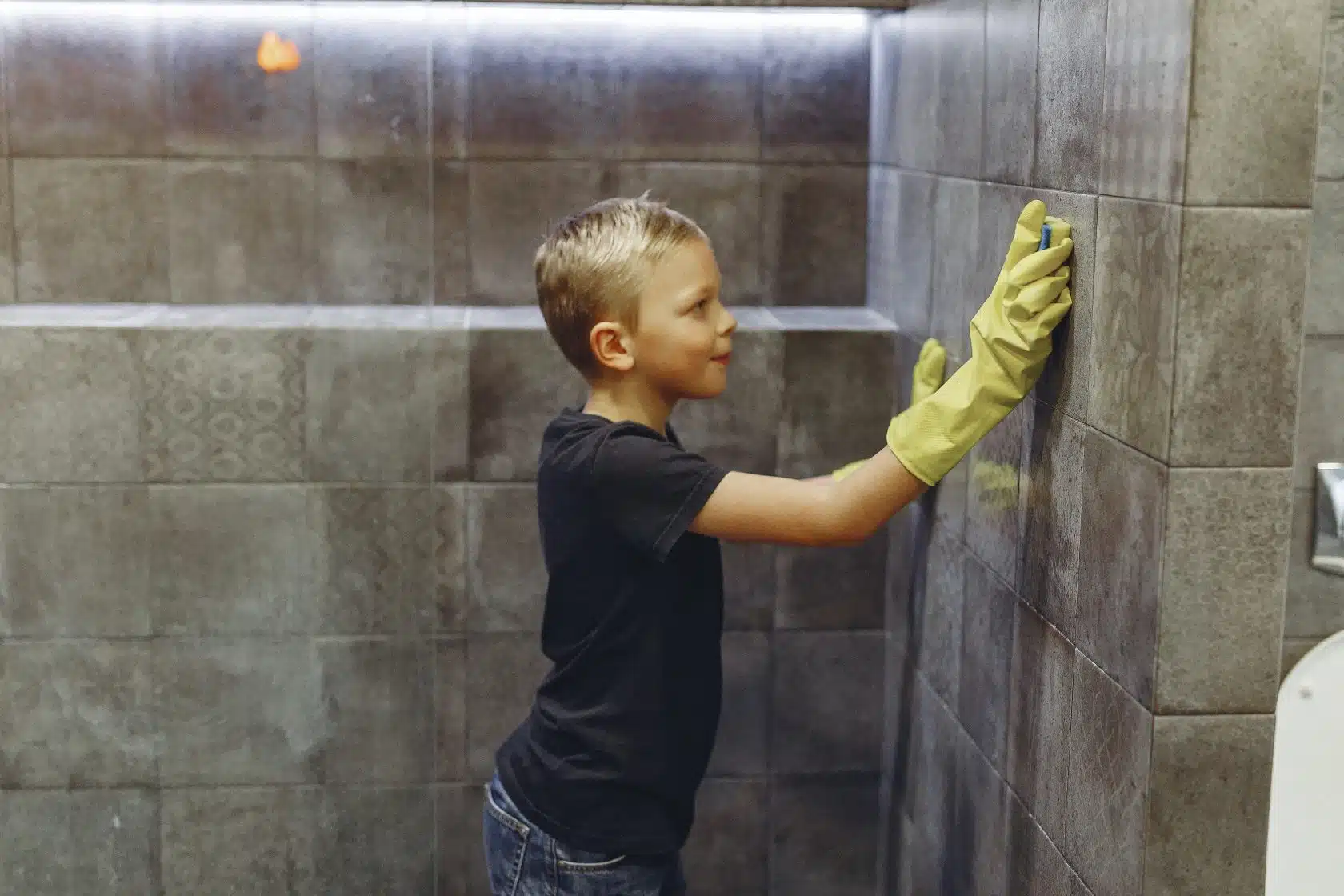Let’s look at a day in the life of Charlie, a bright kid with autism, and his mom, who uses positive parenting techniques. This story will show how positive parenting can make a real difference.
- Morning Routine: Charlie struggles with transitions. Instead of rushing him, his mom uses clear, positive instructions like “Time to brush your teeth, Charlie. You’re so good at that!”
- Mealtime: Charlie has a limited diet. His mom doesn’t force new foods but praises him when he tries something new, saying, “Great job trying the broccoli, Charlie!”
- Bedtime: Charlie finds it hard to wind down. His mom uses a calm, positive tone to guide him through their bedtime routine, reinforcing the positive behaviors.
And just like that, positive parenting turns everyday challenges into opportunities for growth and learning. It’s not always easy, but it’s always worth it.
| Scenario |
Positive Parenting Response |
| Morning Routine |
Use clear, positive instructions |
| Mealtime |
Praise for trying new foods |
| Bedtime |
Use a calm, positive tone |















